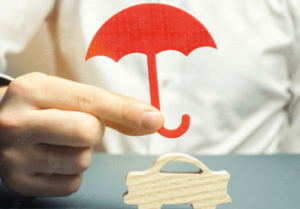Tire Safety And Minimizing Auto Insurance Claims

While news stories often document cases of excessive speed or alcohol consumption as leading factors in automobile accidents, a more mundane factor can be the possible wear on a vehicle’s tires. Whether this is due to improper alignment, under or over inflation or a simple leak, a bad tire and a high rate of speed can have disastrous results. This can lead to unnecessary insurance claims, resulting in higher auto insurance rates for drivers.
Many websites, including the one for National Highway Traffic Safety Administration, advocate checking a vehicle’s tires periodically in order to help minimize accidents and mishaps. A good rule of thumb is to check the tires of a vehicle every month or so. The first thing to do is to check the wear pattern on the tire. If the tires are worn on both outer edges, the tire is under-inflated. If the center is worn, over-inflation is the likely culprit. If there are sporadic bald spots or only one side is worn, the tires may not be balanced or aligned properly, and the car should be taken to a repair shop for servicing. Drivers are also encouraged to have their tires rotated at certain mileage points. Drivers should also check their tires for nails, screws or anything else that may have become lodged in them. If attempting to remove and foreign body from the tire, be extremely careful. If there is the noise of air escaping as the object is removed, take the vehicle to be serviced immediately. Minor holes or punctures can be repaired quite easily, provided the car owner gets their vehicle to a service station as soon as possible.
It is also worthwhile to make sure that the spare tire in the vehicle is inflated and ready to be used if necessary. Despite all precautions, the road remains a hazardous place, and even careful planning cannot account for chance. If the car does happen to receive a flat tire on the road, a spare can make all the difference between waiting for hours for a tow truck and being able to drive oneself to the mechanic.
The goal of any driver is to limit the amount of auto insurance claims they make during the course of their policy, and checking tire pressure and wear is an excellent way to be proactive against preventable traffic collisions. Despite the plethora of online insurance agencies now operating, a driver with numerous collisions on record will be assaulted by high-cost auto insurance quotes at every turn. This can be made all the more frustrating if a few moments of tire inspection could have prevented any or all of those accidents.

